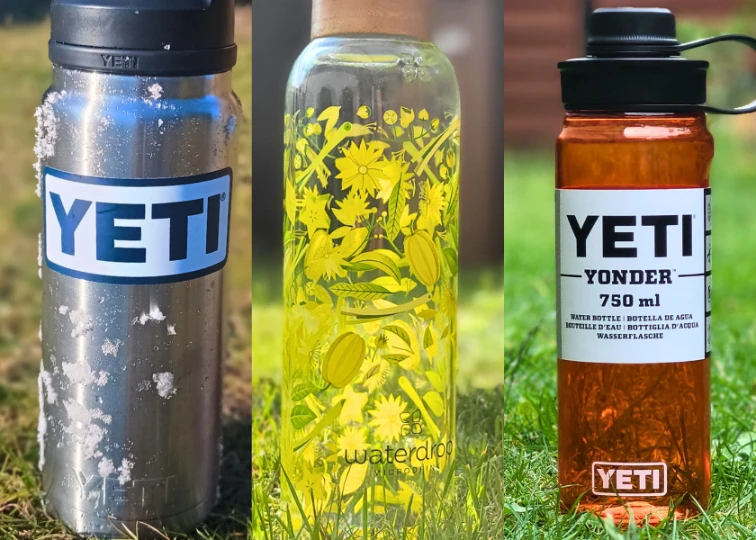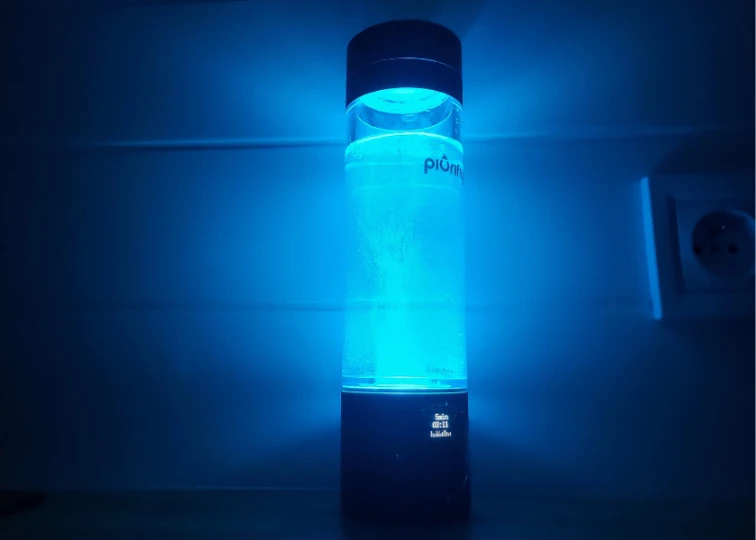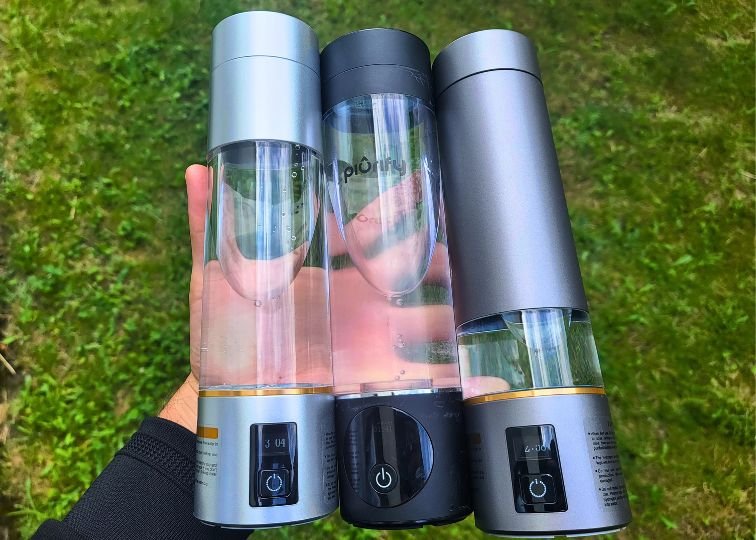One of the biggest mistakes people make when buying a reusable water bottle?
They get caught up in the aesthetics.
If it looks good, it must be good, right? That’s exactly why Stanley tumblers have taken over social media. They’re sleek, trendy, and look great in a #HydrationGoals Instagram post.
But style is just the surface-level stuff. A good water bottle should be safe, durable, and free from harmful chemicals like BPA. Because what’s the point of drinking more water if you’re also sipping on toxins?
In this guide, I’m ranking the three most common water bottle materials based on my experience, so you know exactly which one to choose.
Some of the links on this page are affiliate links. This means that if you click on one of the links and make a purchase, I may earn a small commission at no additional cost to you.
What Are the Best Materials for Reusable Water Bottles?
Water Bottle | Buy Now |
|---|---|
 Stainless Steel Bottles My Recommendation: Hydro Flask 32 oz | |
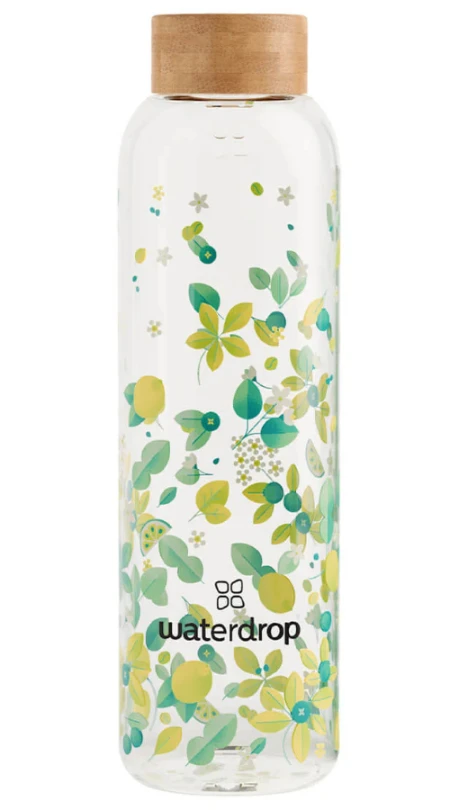 Glass Bottles My Recommendation: Waterdrop Glass Bottle | |
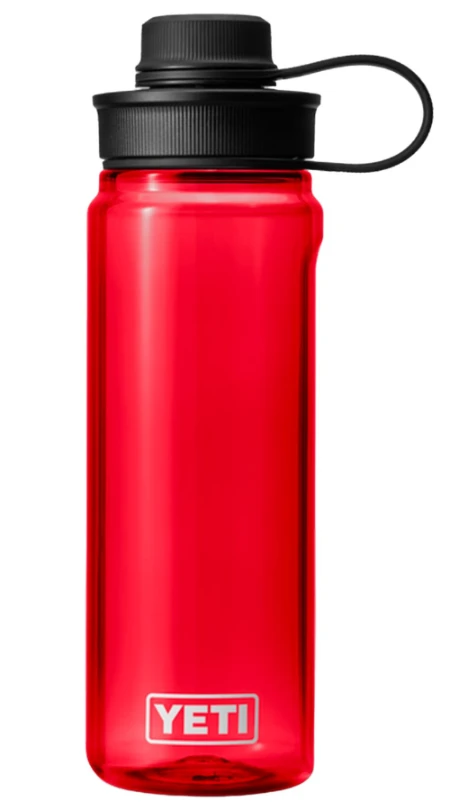 Plastic Bottles My Recommendation: YETI Yonder |
1st Place: Stainless Steel
Stainless steel is my go-to, and apparently, I’m not alone. According to this study, 44% of Americans prefer stainless steel bottles—more than any other material.
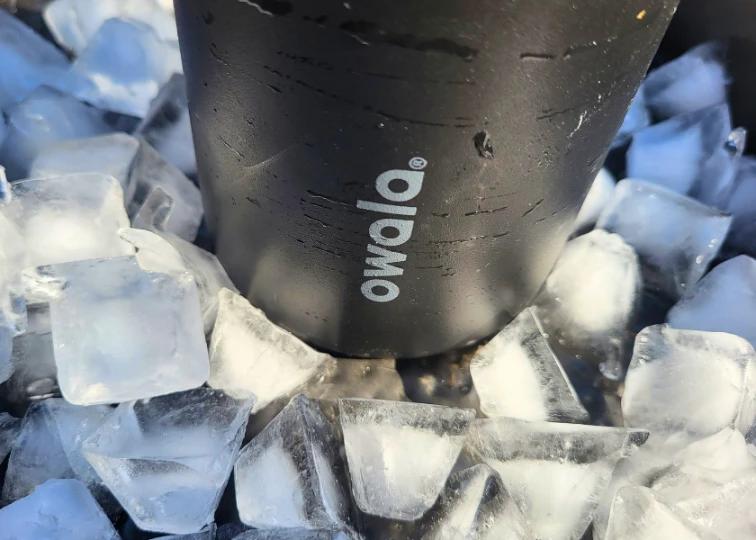
First, insulation. Every stainless steel bottle has some level of insulation, but the best ones use double-wall vacuum insulation, a fancy way of saying they have two layers of steel with an airless space in between.
Since heat can’t travel through a vacuum, your drink stays at the perfect temperature for way longer than you’d expect.
Coffee? Still hot after 12 hours. Ice water? Ice-cold all day, without annoying condensation dripping down the sides.
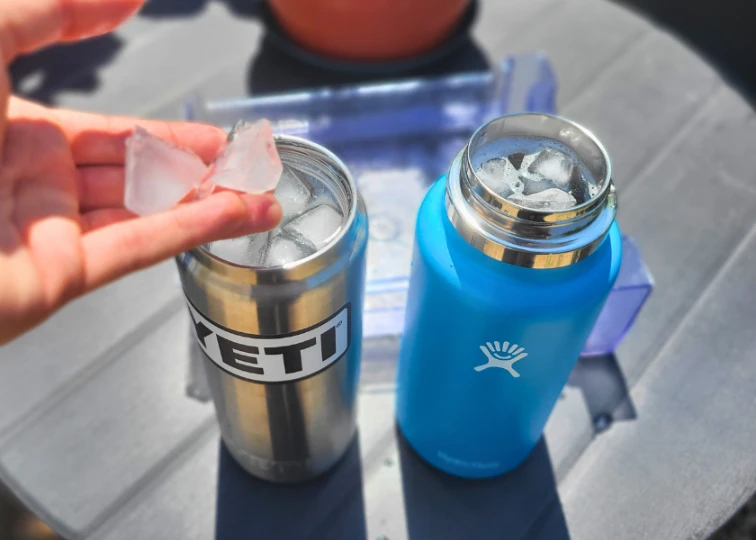
Another underrated perk is that stainless steel is ridiculously easy to clean. The interior is smooth, which makes it harder for bacteria to latch onto, unlike plastic bottles that scratch easily and end up becoming breeding grounds for who-knows-what.
These bottles are also tough. Like, drop-it-down-the-stairs tough. I once used my YETI Rambler to hammer a nail into a plank. Not kidding.
If you ever find yourself in a very unfortunate situation, you could probably use one as a weapon. One solid swing and… well, let’s just say I wouldn’t want to be on the receiving end!
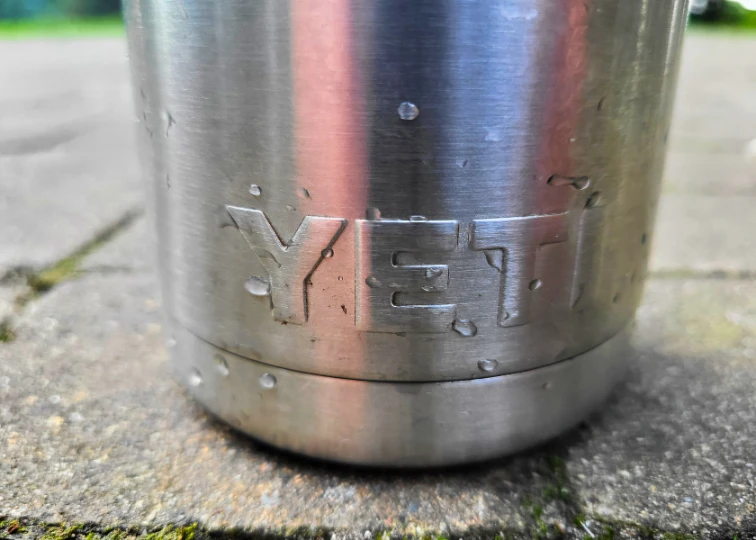
Of course, no material is perfect. The biggest downside of stainless steel is the weight. These bottles are built like tanks, and you feel it. My 26 oz. YETI Rambler weighs 22 ounces when empty.
Compare that to my 32 oz. plastic Nalgene, which is 16 ounces lighter, and you get the idea. It’s noticeable, but I’ve gotten used to it over time.
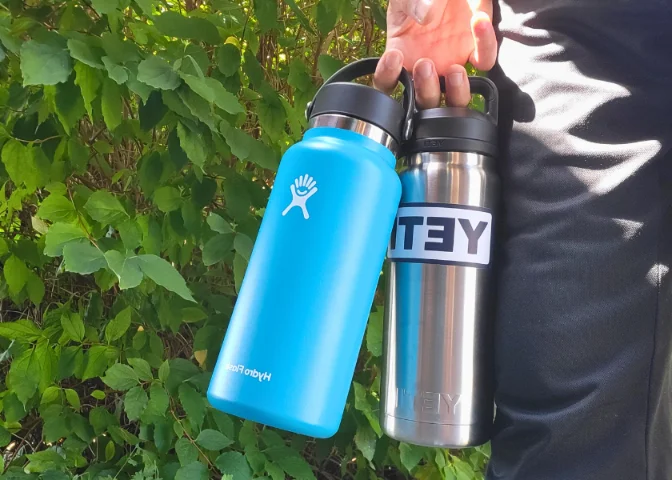
Other minor complaints? Stainless steel bottles can be noisy. Screwing the cap on, tossing in ice cubes, accidentally dropping it in a quiet library… yeah, people will turn their heads.
And while I love how durable they are, I do wish there were clear stainless steel bottles so I could actually see how much water I have left. Impossible, I know, but a guy can dream.
If you think this amazing material is for you, see my best stainless steel water bottles ranking.
2nd Place: Glass
I have a soft spot for glass, not just for water bottles but for pitchers, mugs, and anything else that holds a drink.
Honestly, if stainless steel didn’t exist, glass would take the top spot for me without question.

Think about it—chemistry labs rely on glass for experiments. Why? Because even though it’s technically a chemical itself, it doesn’t react with anything. It keeps everything pure and untainted.
That same quality makes it a perfect material for water bottles. No weird tastes, no leaching, just clean, crisp water the way it’s meant to be.
Speaking of taste, water from glass just hits different. It tastes the purest, and honestly, I’m not even open to debate on this one.
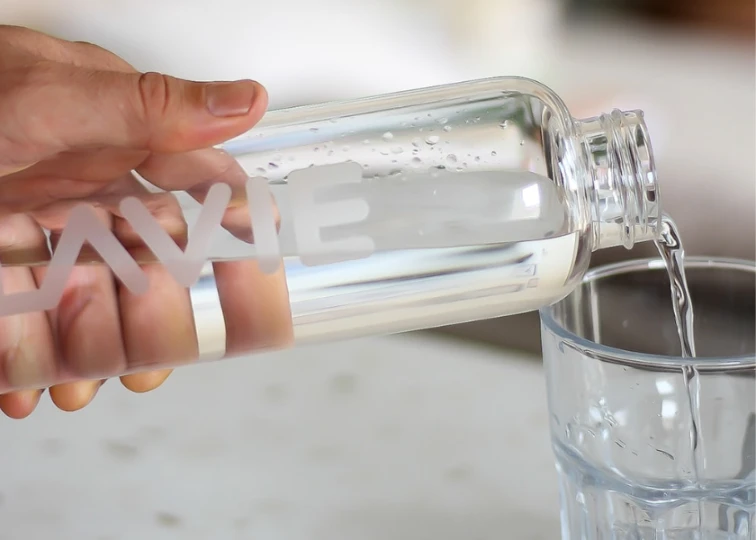
Beyond that, there’s peace of mind. More and more people are ditching plastic because of health concerns, and glass is easily the safest material out there. No BPA, no microplastics, no mystery chemicals leaching into your drink. Just water. And knowing that feels good.
So, if glass is so great, why does it rank second after stainless steel?
Durability. Or rather, the complete lack of it. Glass is fragile, and it does not forgive. Drop it once, and you’re out $20–$40, plus the heartbreak of watching your favorite bottle shatter.

I’ve personally broken three glass bottles in the past three years, which means I’ve basically thrown away around $80.
Meanwhile, my stainless steel Hydro Flask, which I’ve had just as long, is still in perfect shape.
Sure, some brands make bottles out of “durable” borosilicate glass, and yeah, it’s technically stronger. But at the end of the day, glass is glass. Drop it from five feet, and it’s game over.
It’s also not the lightest option. And to make matters worse, a lot of brands add bulky silicone or neoprene sleeves to protect their bottles, making them even heavier.
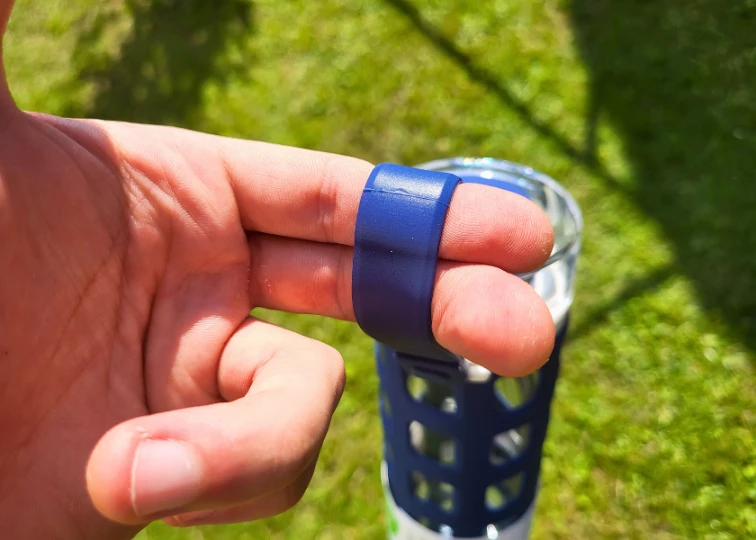
Because of this, glass bottles just aren’t practical for an active lifestyle. Taking one on a hike is a bad idea. One wrong move, and now you’re not only down a bottle, but you’ve also lost the water you were counting on to get you through the trek.
That’s why, as much as I love glass, I keep it strictly for home use.
I think this fragility is the reason why the biggest brands simply don’t sell glass bottles. Can you imagine the number of complaints and returns? Yeah, it’s kind of hard to find a decent glass bottle.
I personally own and tested three of such bottles. You can see them in my best glass water bottles ranking.
3rd Place: Plastic
When you hear the word “plastic”, do you think of something good or bad? If I had to guess, you probably lean toward the negative.
I don’t blame you. We’ve all heard the horror stories about plastic leaching chemicals like BPA into our water, and to be fair, there are still some sketchy plastics being manufactured.
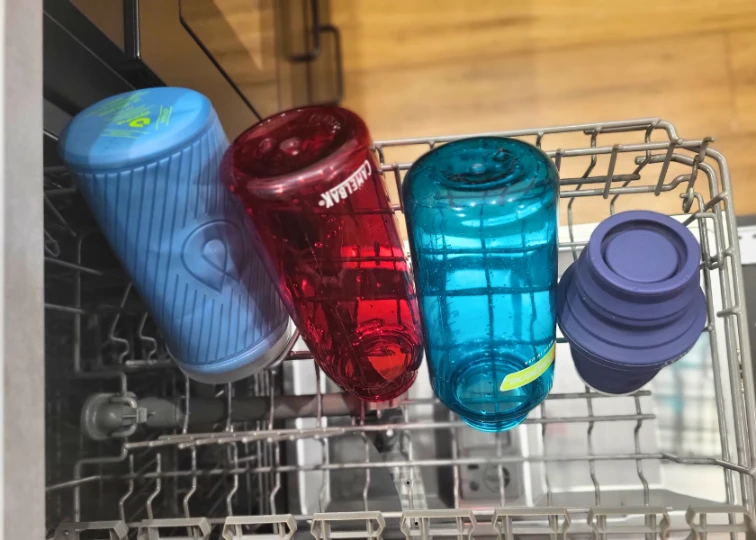
Personally, I’ve had my fair share of negative associations with plastic too. But the truth is, these days, reputable (a crucial word) brands making reusable plastic bottles with harmful chemicals is practically unheard of.
Take Nalgene, for example. They make some of the most popular plastic bottles in the U.S. Do you think they’d still exist if their bottles were leaking toxic chemicals?
No shot. People would cancel them instantly.
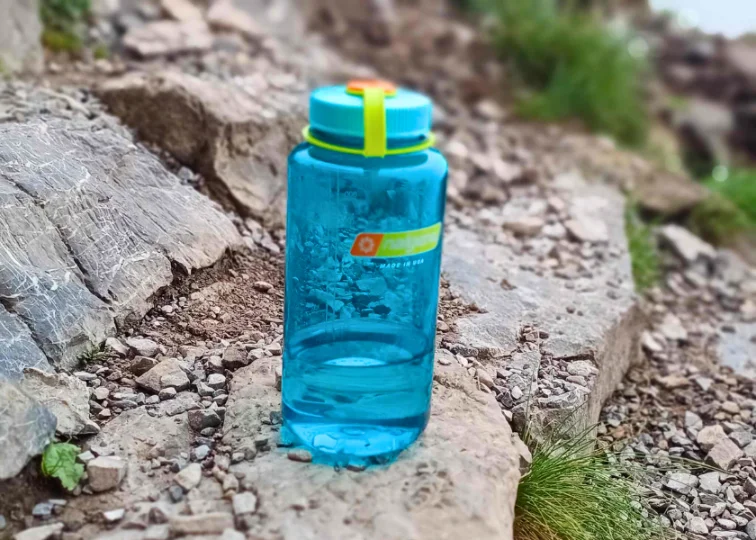
Don’t get me wrong—I’m not here to be plastic’s biggest defender. I always do my research before buying one. But the reality is, finding a modern plastic bottle that leaches harmful chemicals is pretty rare.
Most are made from Tritan plastic, which is BPA-free, BPS-free, and phthalate-free. It’s also durable, and if I’m using plastic, Tritan is the only kind I trust.
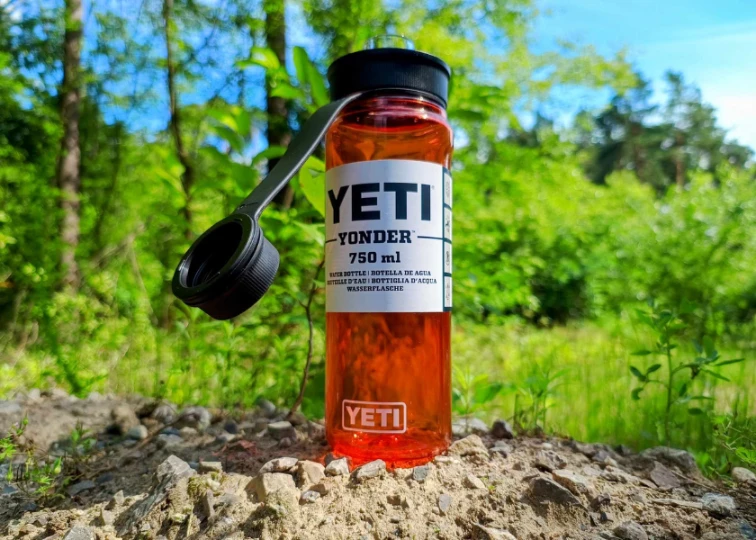
Plastic has its perks too. It’s ridiculously lightweight. As someone who hikes a lot, I appreciate that.
Almost all plastic bottles have clear walls as well, so I can actually see how much water I have left. Some even have measurement markings—super handy when I’m mixing electrolytes or tracking my intake.
But plastic is not perfect. One annoying issue is condensation. I love throwing ice into my Nalgene or YETI Yonder in the summer, but they end up being soaked in sweat more than me after a hike.
My hands end up soaked, and anything the bottle touches gets wet too.
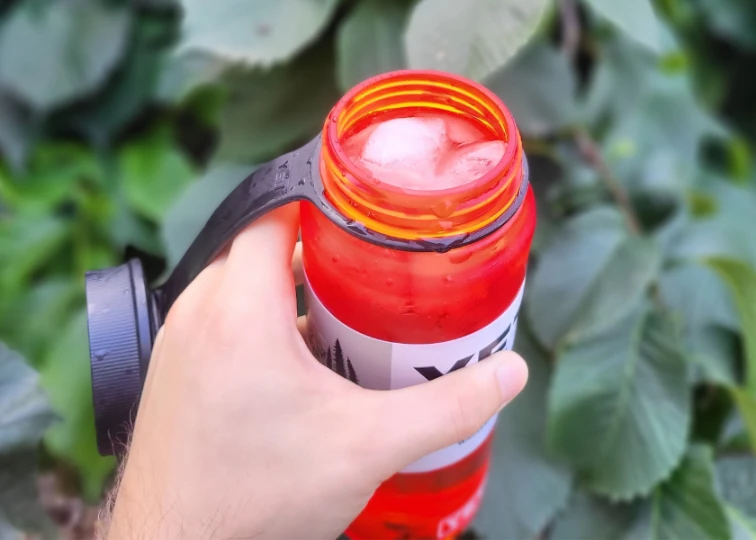
Another thing are scratches. Plastic bottles are easy to clean, sure, but they scuff up over time. And those scratches can trap bacteria, so you’ve got to be extra thorough when washing them.
So, where do I stand on plastic bottles? Honestly, I like them. I trust modern ones, and I’ve tested them in my best plastic water bottles ranking.
But if you’re someone who’s fully committed to a plastic-free life, check out my ranking on the safest and healthiest water bottles.
Less Popular Water Bottle Materials
Stainless steel, glass, and plastic pretty much dominate the reusable water bottle market. Walk into any store, and that’s what you’ll see lined up on the shelves.
But what about less popular options?
There are a few lesser-known materials that you probably won’t spot at your local shop, and even on Amazon.
Let’s take a look at them.
Copper
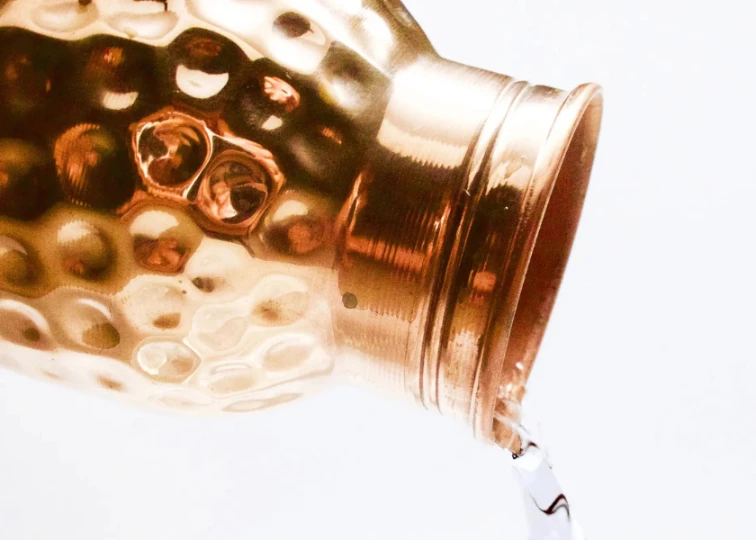
When you hold a copper water bottle, you can tell right away—it’s got some weight to it, a smooth, shiny finish, and that old-school, almost regal vibe.
But beyond just looking interesting, copper actually brings some unique benefits to the table.
One of the most interesting things is that it’s naturally antimicrobial. Unlike other bottles that need constant scrubbing to stay fresh, copper has built-in bacteria-fighting ability.
It’s also surprisingly good at keeping your drink cool. It’s no match for a double-walled stainless steel bottle, but thanks to its heat-conducting properties, it can hold a stable temperature longer than plastic.
And then there’s the whole health benefits thing. In some cultures, drinking from copper is believed to aid digestion, boost immunity, and even balance your body’s pH.
It’s widely supported by Ayurveda, an Indian system of holistic medicine with ancient origins. The idea is that tiny amounts of copper ions mix into the water, supposedly helping detoxify and improve overall wellness.
Science is still catching up on whether these claims hold up, but traditional wisdom has been praising copper for centuries.
If nothing else, it’s a great conversation starter!
Aluminum
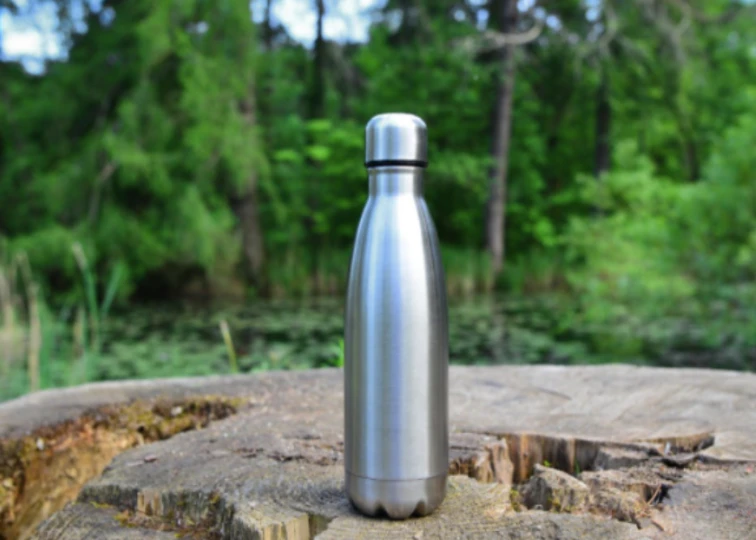
Aluminum bottles are lightweight and this is their biggest highlight. They’re not as insulating as stainless steel, so don’t expect your coffee to stay hot for hours, but they do a decent job of keeping drinks cool for a while.
One thing they have over plastic is no weird aftertaste. Plastic bottles sometimes hold onto flavors, but aluminum doesn’t have that problem, as long as you actually wash it once in a while.
Now, the downside: they dent easily. Drop it, bump it, look at it the wrong way—there’s a good chance it’ll end up with a few scars.
And if you’re thinking about using one for hot drinks, be warned that it doesn’t handle heat well. You could end up with a bottle that’s scalding to the touch and a very bad time.
What Is the Healthiest Material for a Water Bottle?

If you’re looking for the healthiest water bottle material, glass is the winner. It’s 100% natural, non-toxic, and doesn’t leach any chemicals—no matter how hot, cold, or acidic your drink is.
Unlike plastic, there’s zero risk of BPA or microplastics, and unlike some metals, there’s no chance of any weird metallic taste.
Glass won’t absorb flavors or odors, so your water always tastes fresh.
The only downside? It’s breakable, but many glass bottles come with silicone sleeves to help with grip and durability. If you don’t mind the extra weight and fragility, glass is the purest, safest way to drink your water.
Is Glass or Stainless Steel Better for a Water Bottle?
It really depends on what you’re looking for, but stainless steel is generally the better choice for most people.
It’s way more durable (no worrying about shattering it if you drop it), keeps drinks hot or cold for longer if it’s insulated, and won’t absorb odors or stains.
Glass is also one of ma favorite materials because it’s completely non-toxic and gives you that pure, clean taste, but it’s heavier and much more fragile.
How do you decide?
If you’re mostly using your bottle at home or don’t mind the extra weight, glass is solid. But if you need something tough and versatile for daily use, stainless steel wins hands down.
Final Thoughts
At the end of the day, all five water bottle materials we’ve talked about can get the job done. It just depends on what matters most to you.
Personally, stainless steel takes the crown for me, and I don’t see anything knocking it off its throne anytime soon. But that doesn’t mean the other options are useless.
Lately, I’ve been messing around with copper bottles, and I have to admit, they’re starting to grow on me.
Maybe you’ll find a new favorite too. Try a few, see what works for your lifestyle, and pick the one that makes you actually want to stay hydrated.

Jeremiah Kowalski
Hey there! I’m Jeremiah, the guy behind WaterBottleAdvisor.com. I used to have a bad habit of guzzling sodas while working remotely, but thanks to reusable water bottles, I’ve turned my hydration game around. After testing over 50 bottles, I’m here to help you find the perfect one to make staying hydrated a joy, not a chore. When I’m not reviewing bottles, you’ll likely find me scaling steep trails around the world, trusty water bottle in hand.

